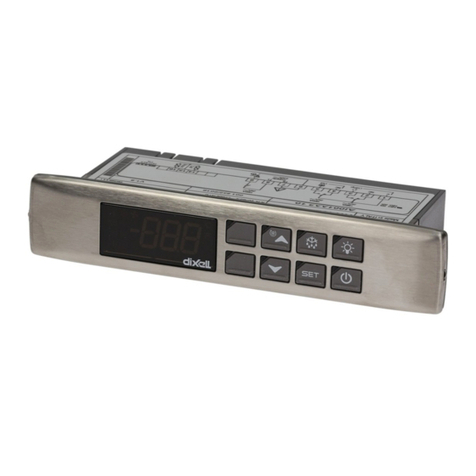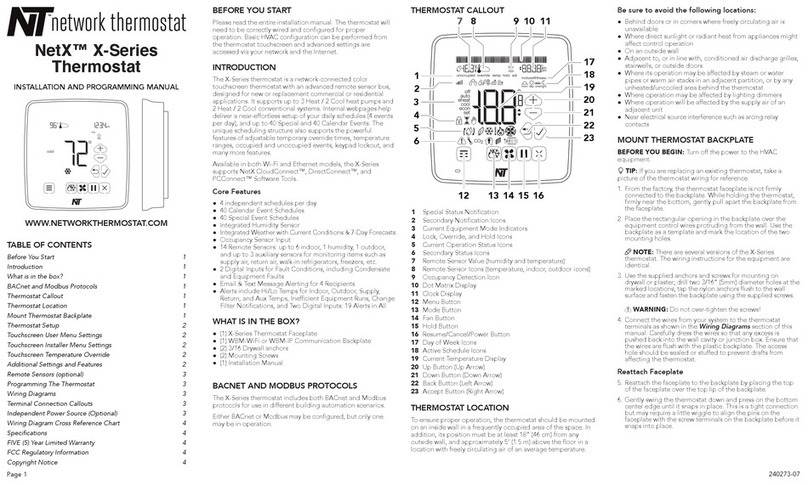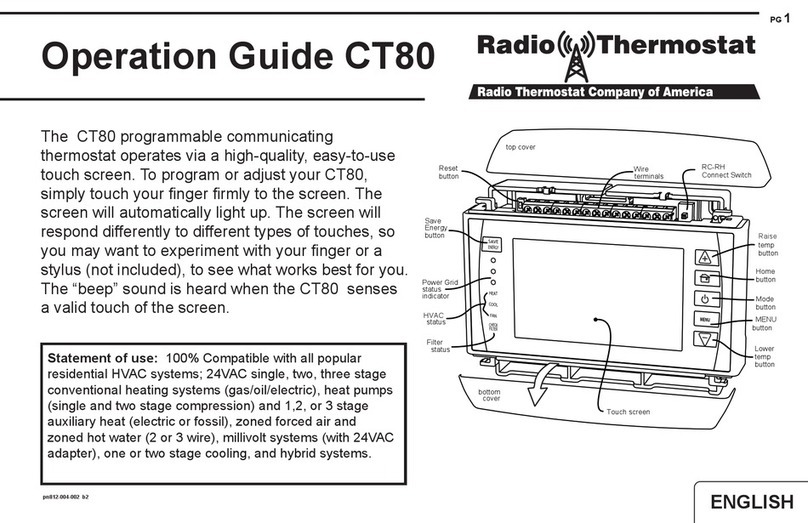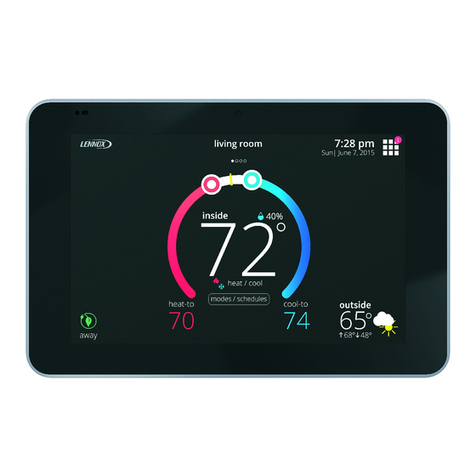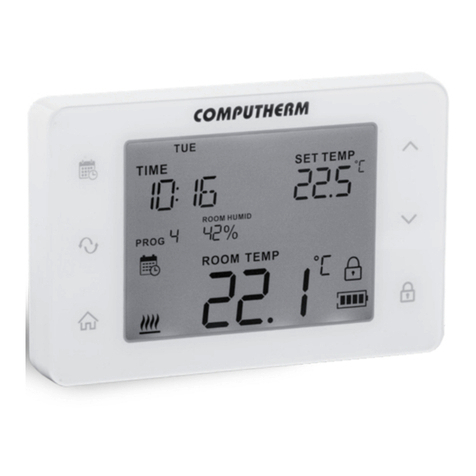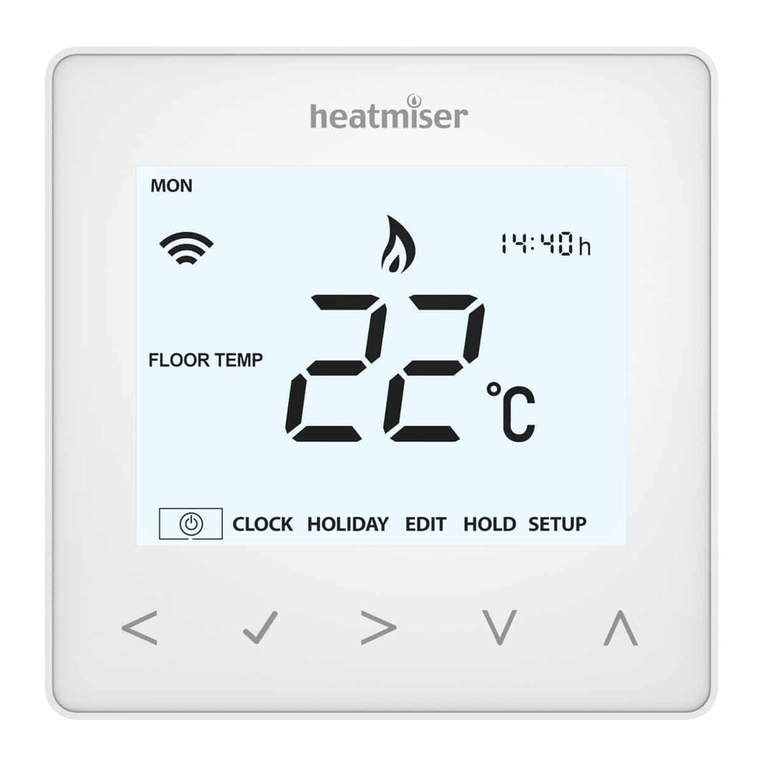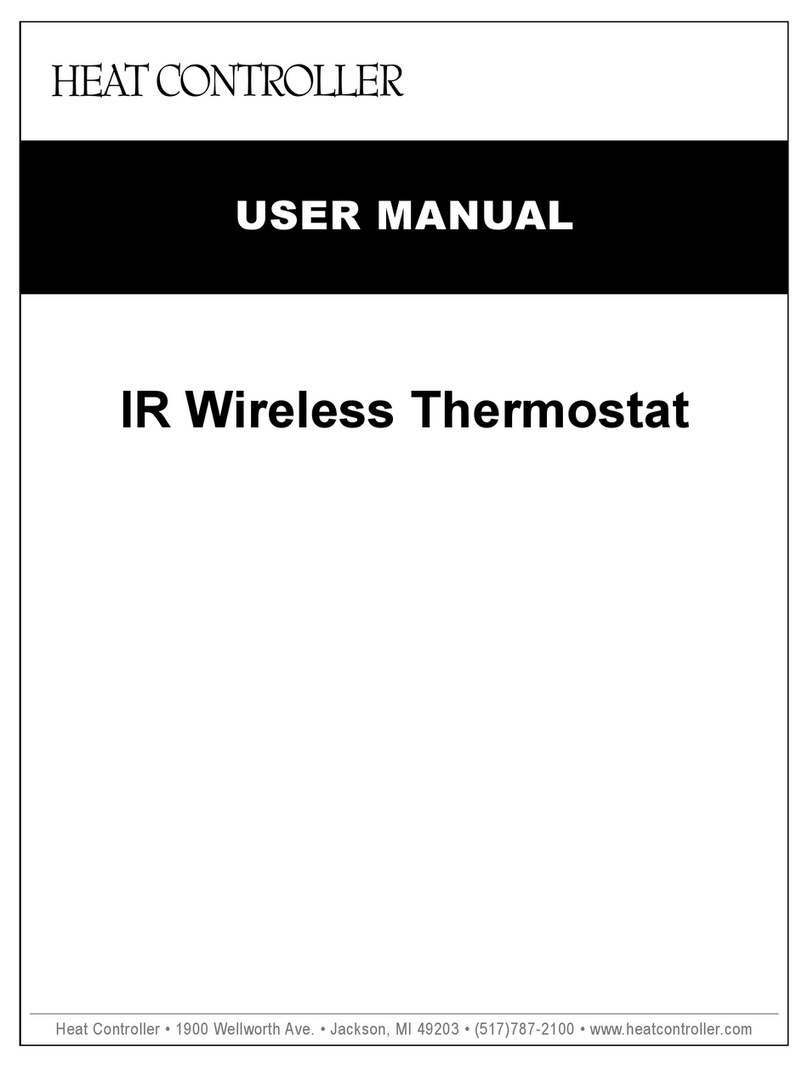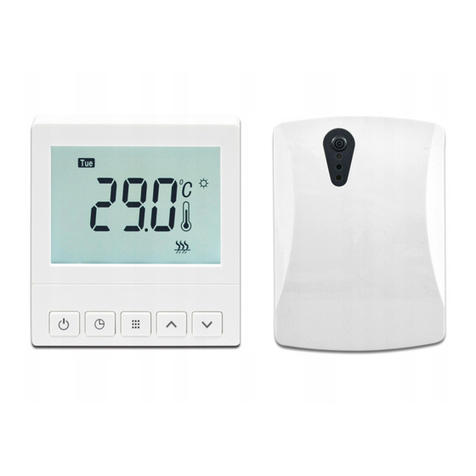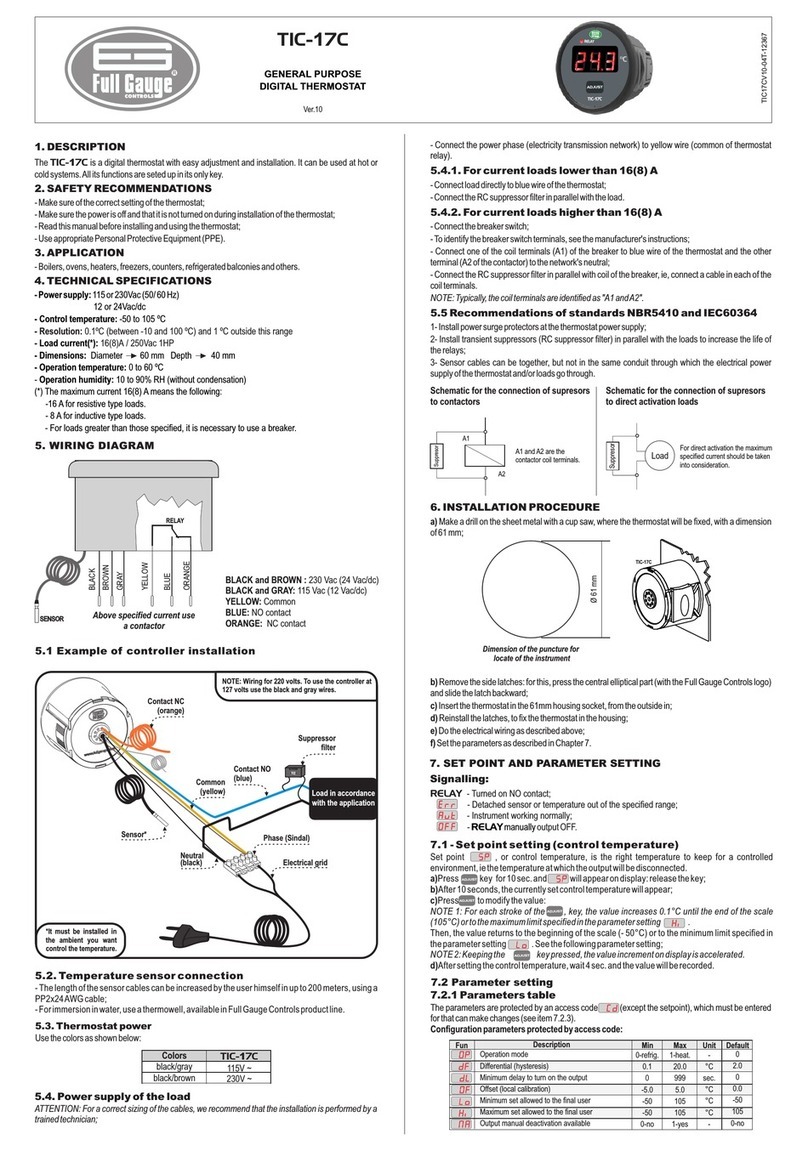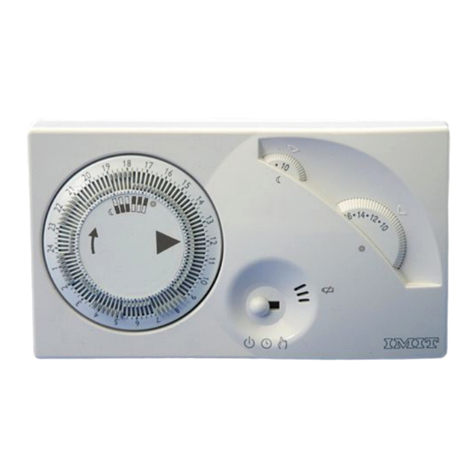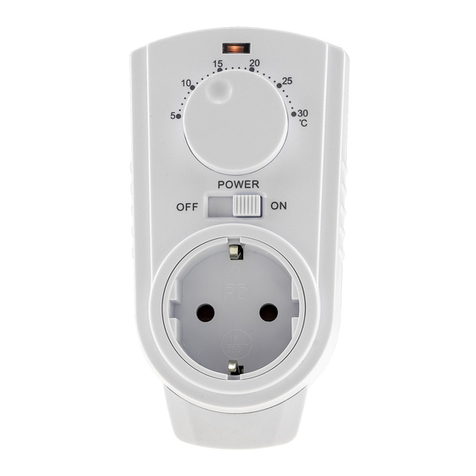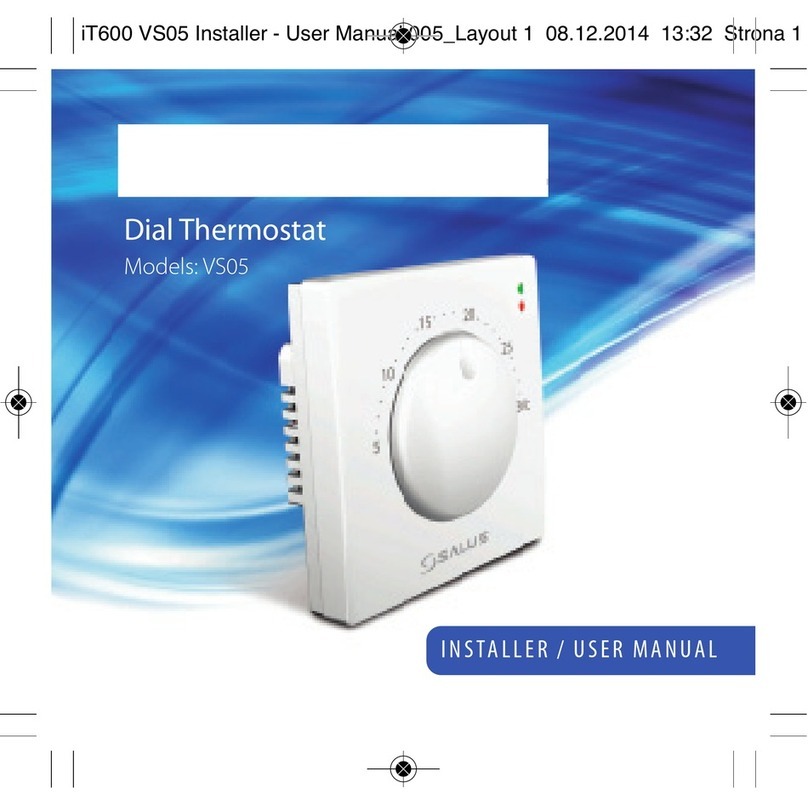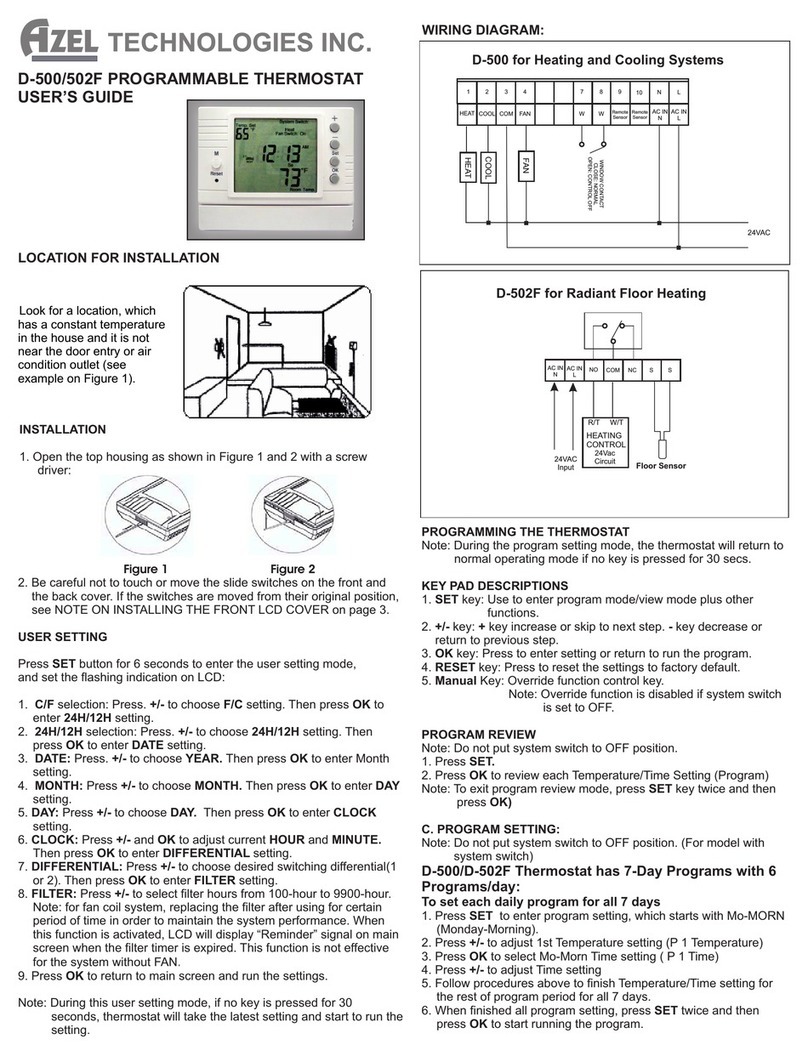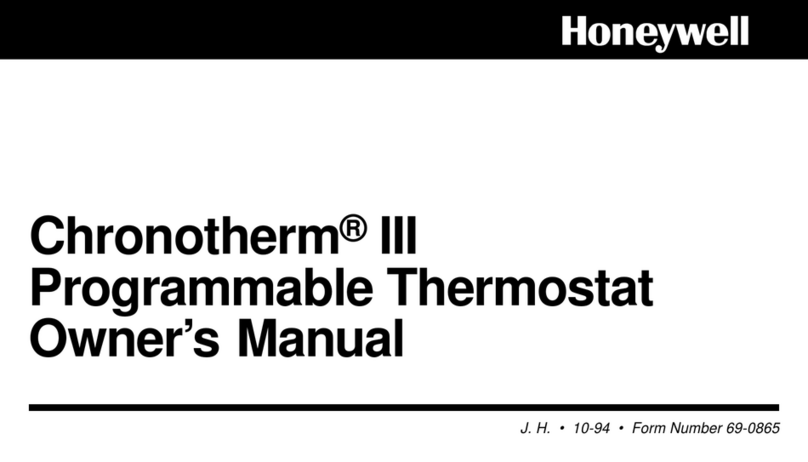
WPT Operations and Maintenance
Document No. 910-00028-01, Rev 1
Page 9 of 10
7.2.2 Repeater
Code Reason Solution
dy
Discovery Status:
This code indicates that the RWAL is
performing a discovery operation
and it should not be disturbed.
This display goes off automatically after a few
seconds.
E0
Discovery Error:
Not able to connect to the nearest
RWAL or HUSB.
Perform Force Discovery to retry (see Figure 2).
Verify the Network ID has been properly
configured in the RWAL.
Verify the HUSB is connected and working
properly.
If the error persists, the RWAL must be
relocated. If this is not feasible, an additional
RWAL must be installed.
E1
Time Synchronization Error:
Not able to synchronize the RWAL
time with the wireless network.
This error code will flash on and off the LCD
while the RWAL attempts to correct the problem.
Do not disturb the RWAL during this process.
The RWAL automatically recovers from this error
after a few refresh cycles.
E2 Radio Error:
Not able to send/receive data.
If the error persists, contact the original
distributor for replacement.
E3
Ping Error:
Not able to locate a free RF channel
to use due to an excess number of
nearby RWALs or RF interference.
This error code will flash on and off the LCD
while the RWAL attempts to correct the problem.
Do not disturb the RWAL during this process.
The RWAL automatically recovers from this error
after a few refresh cycles.
E4
Wireless Communication Error:
Not able to reliability communication
with the nearest HUSB or RWAL.
The RWAL will attempt to automatically recover
from this error after a few refresh cycles.
If the error persists, the RWAL must be
relocated. If this is not feasible, an additional
RWAL must be installed.
E5
Signal Quality Error:
Not able to discovery a reliable path
to the HUSB. All available paths
have either a weak RF signal or
excessive hops.
Perform Force Discovery to retry (see Figure 2).
If the error persists, the RWAL must be
relocated. If this is not feasible, an additional
RWAL must be installed.

